On a hot day, there’s nothing quite like a crisp, refreshing glass of cold brew.
But did you know that the true flavor of that cup depends almost entirely on the beans you choose?
No matter how careful your brewing technique is, if the beans aren’t right, your cold brew will fall flat.
In this article, we’ll break down exactly what makes a bean suitable for cold brew and how to select the perfect one.
If you’ve ever wondered why some cold brews taste incredible while others disappoint, this is for you.
- Flavor profiles and balance ideal for cold brew
- How bean types and origins affect the final taste
- The impact of roast level and freshness on quality
- Recommended beans for both store-bought and home roasting
How to Choose the Right Beans for Cold Brew
A glass of cold brew, poured over ice and glowing in the summer light—its charm lies in the clarity of flavor and refreshingly smooth finish.
But to truly bring out the best in cold brew, choosing the right beans is essential.
In this section, we’ll dive into the unique extraction process of cold brew and explore what kind of flavor profile pairs best with it.
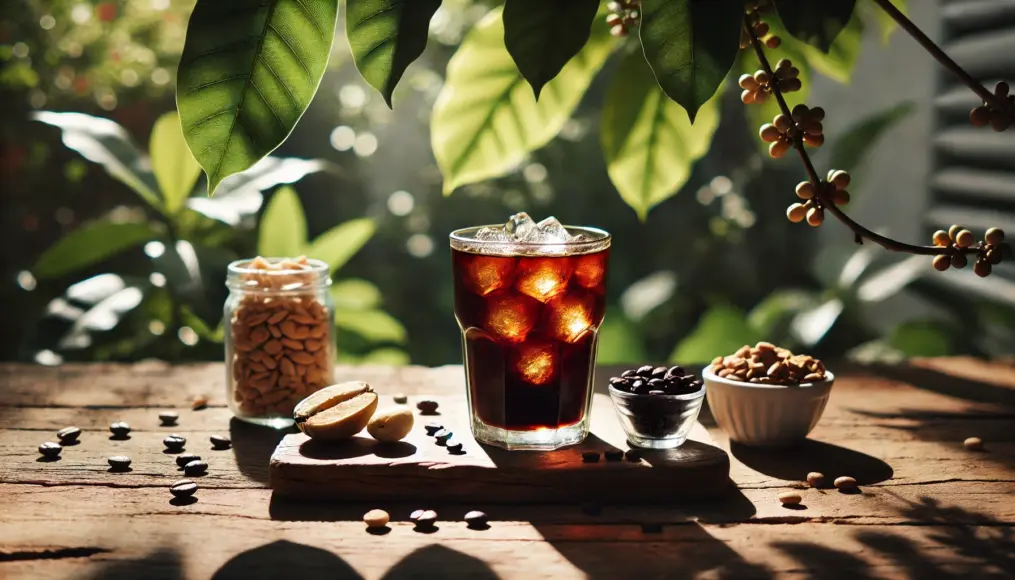
Understanding the Flavor Profile Best Suited for Cold Brew
Since cold brew is extracted without heat, its flavor structure differs significantly from that of hot coffee.
The long, low-temperature brewing process suppresses bitterness and astringency while highlighting sweetness and smoothness.
Because of this, beans with high acidity or very light roasts often result in a cold brew that feels thin and lacking in body.
On the other hand, beans with deep richness and balanced sweetness maintain their structure even when chilled, offering a refined and layered experience.
- Cold brew naturally reduces bitterness and astringency
- Sweetness and roundness are more pronounced
- High acidity may feel watery when served cold
- Beans with body and lingering depth pair well with cold brew
Cold brew reveals mellow and silky elements in coffee.
That’s why recognizing and selecting beans with the right personality is key to making a great cup.
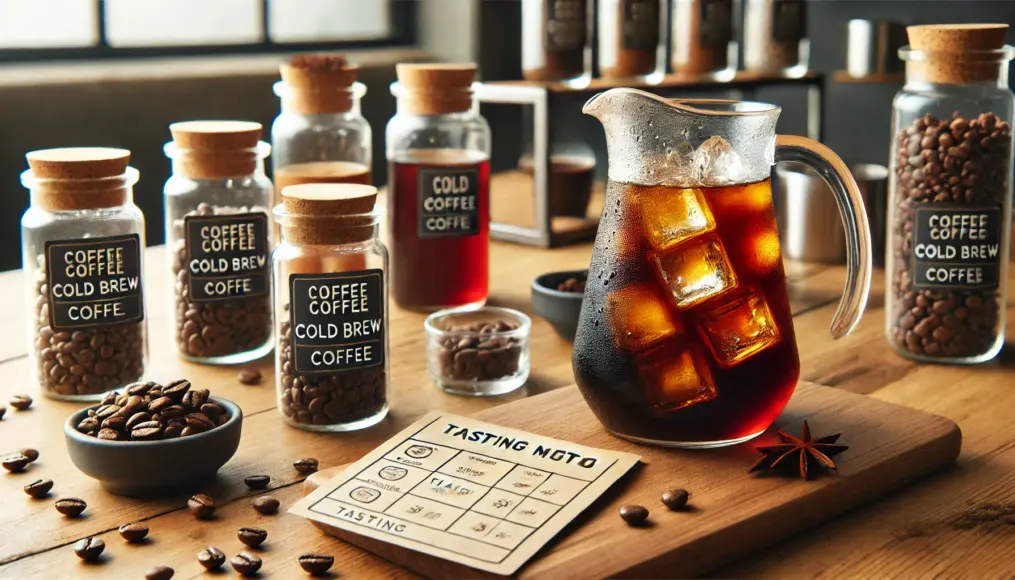
Balance of Acidity, Bitterness, and Body Is Key
Because heat-related aromatics are subdued in cold brew, the raw balance of the beans becomes more noticeable.
That’s why finding the right harmony between acidity, bitterness, and body is crucial.
Medium to medium-dark roasts are typically ideal.
Dark roasts can overpower with heaviness, while light roasts may be too acidic and lose definition.
Beans with nutty or chocolatey notes work especially well, as these flavors retain clarity even when cold.
- Medium to medium-dark roasts offer the best balance
- Avoid overly bitter dark roasts
- Nutty and chocolate flavor profiles suit cold extraction well
- Choose beans that maintain “depth” even when chilled
Ultimately, what matters is whether the bean has a “structure” that holds up when served cold.
Mastering this point is the first step to brewing a cold cup that truly shines.
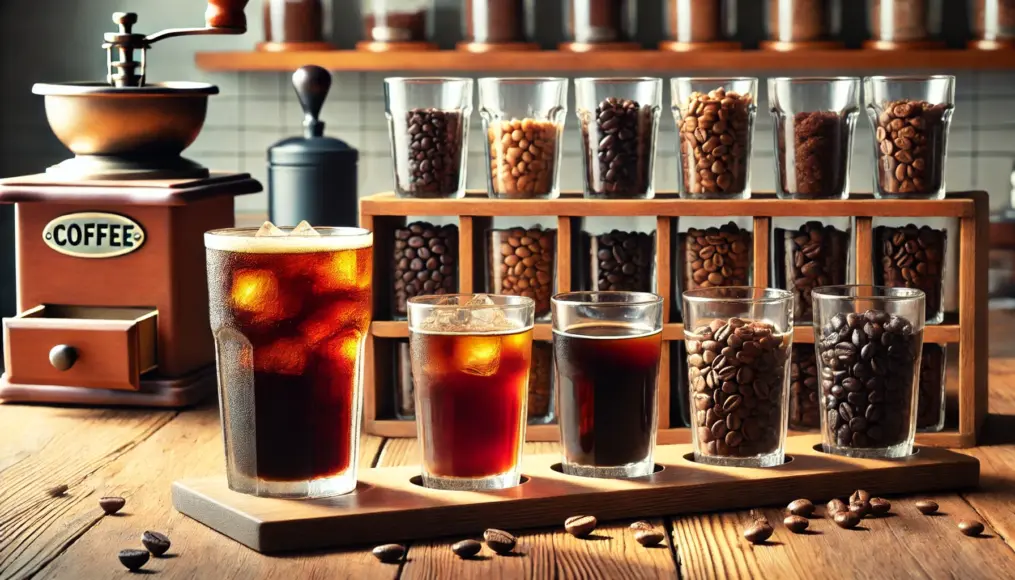
How Different Bean Types Affect Cold Brew Flavor
Cold brew isn’t just “cold coffee.” Its unique extraction method draws out the purest essence of the bean.
This means the choice of coffee bean dramatically affects the final flavor.
Here, we’ll break down the key differences between single origin and blended beans, and explore how specific origins shape the cold brew experience.
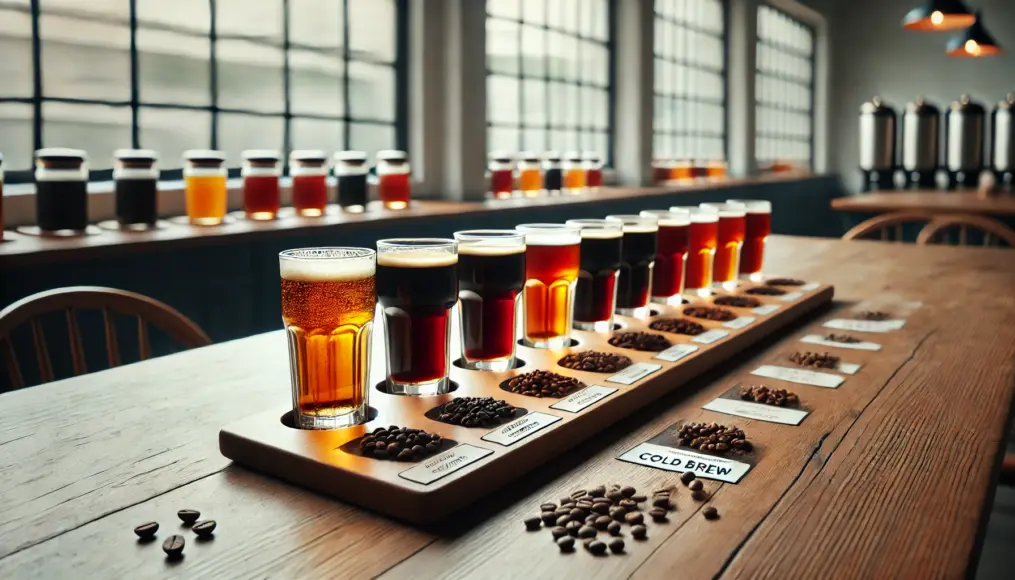
Single Origin vs. Blend: What’s the Difference?
In cold brew, the bean’s natural character shines through.
Single origin beans offer bold, distinctive flavors and are ideal for those who want to taste the essence of a specific region or varietal.
Blends, on the other hand, are crafted for balance—bringing together different beans to achieve smoothness, harmony, and a more accessible profile.
This makes them perfect for those who value consistency and roundness in flavor.
- Single origin beans deliver direct, unfiltered flavors
- Each region’s or varietal’s personality comes through clearly
- Blends are balanced, often emphasizing sweetness and body
- Easier to achieve consistent, approachable flavor
Your choice depends on what kind of experience you’re after.
Go for an Ethiopian single origin if you want fruit-forward brightness. Choose a Latin American blend if you prefer mellow, balanced cold brew.
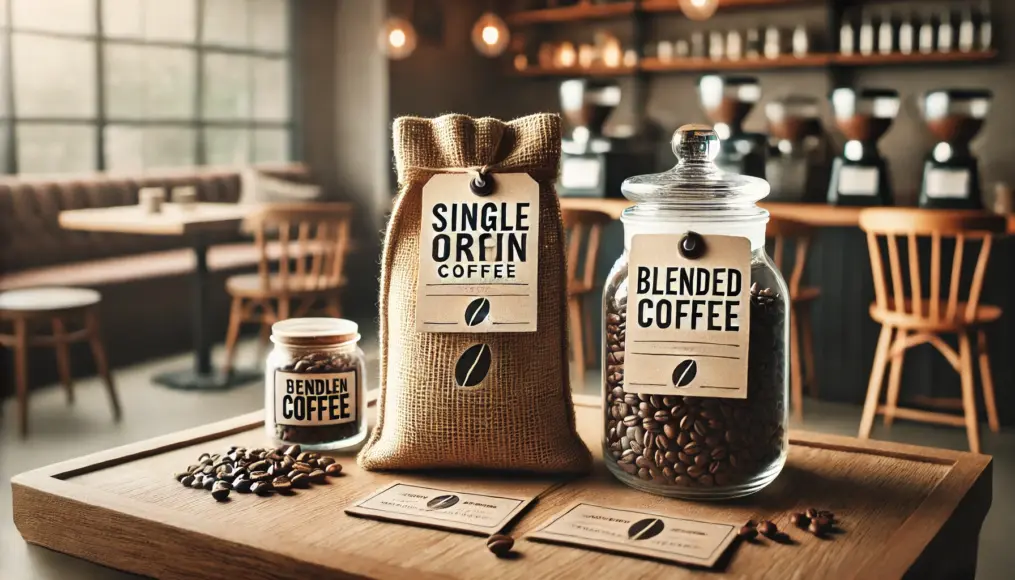
Cold Brew Expression by Origin
Where your coffee is grown has a profound influence on its flavor.
And since cold brew minimizes changes from heat, those origin characteristics remain especially vivid.
Ethiopian beans, for example, are known for their floral aroma and citrusy acidity, which stay vibrant even when cold.
Colombian beans offer a well-rounded profile, with gentle nut and caramel tones.
Guatemalan beans often exhibit deeper flavors—like cocoa and warm spice—that retain intensity even in cold brew form.
- Ethiopia: floral, fruity, and lingering brightness
- Colombia: balanced acidity, sweetness, and body
- Guatemala: rich, roasty, and bold even when chilled
The same brewing method can produce wildly different cups depending on the beans.
That’s why choosing by origin isn’t just smart—it’s part of the fun of making cold brew.
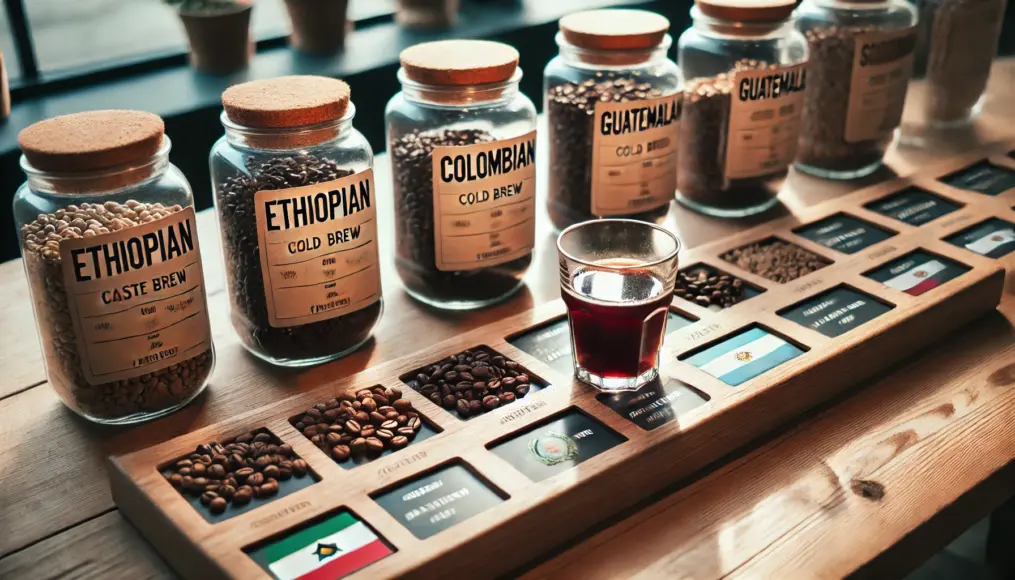
Roast Level and Freshness Shape Your Cold Brew
When it comes to cold brew, it’s not just the origin or variety of beans that matters—roast level and freshness also have a major impact.
Since cold brew is extracted slowly with cold water, the coffee’s flavor structure shows itself more directly.
That’s why choosing the right roast and keeping your beans fresh is critical.
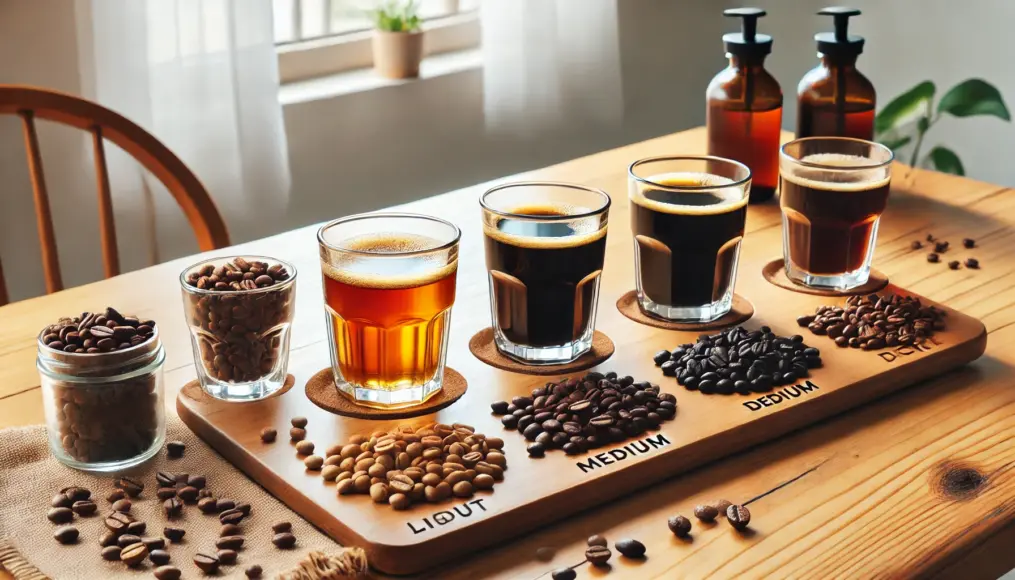
Why Medium Roast Is the Sweet Spot
For cold brew, medium roast is often the go-to.
That’s because light roasts can become overly acidic and sharp when chilled, while dark roasts may taste too heavy or even bitter when cold.
Medium roasts strike a comfortable balance between acidity, sweetness, bitterness, and body.
Even when served cold, they preserve harmony and allow the coffee’s personality to shine through without distortion.
- Light roasts can become too acidic when cold
- Dark roasts may emphasize harsh bitterness when chilled
- Medium roast offers balanced sweetness, acidity, and body
- Best roast for highlighting mellow and round flavors
Avoiding extremes and focusing on balance—that’s the philosophy of cold brew roasting.
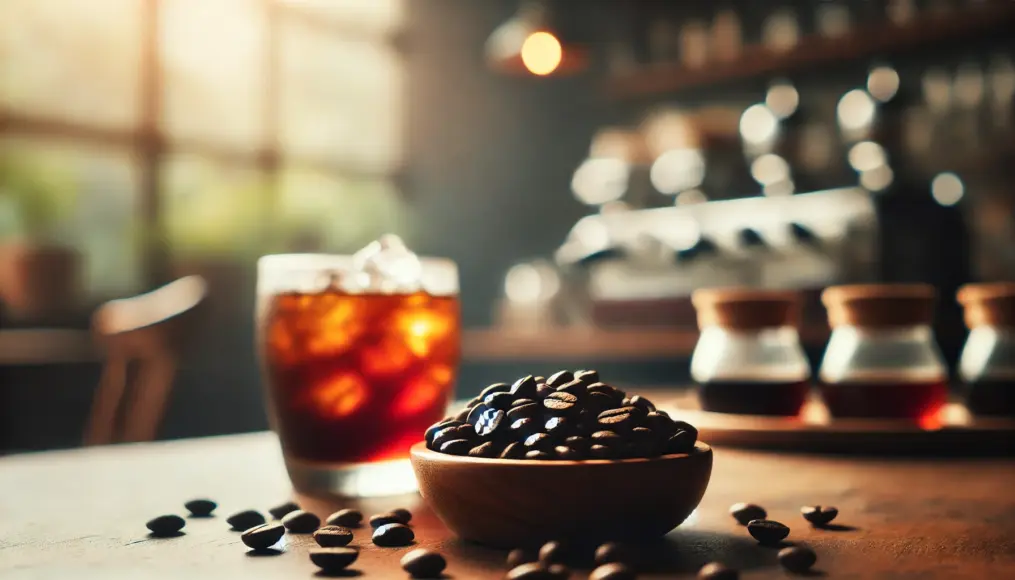
The Pitfall of Stale Beans and How to Store Them
Even the highest-quality beans will lose their flavor if they go stale.
And in cold brew, where sweetness and roundness are key, flat or oxidized coffee can ruin the experience.
Ideally, use beans within 1–2 weeks after roasting.
To maintain that freshness, proper storage is essential: keep them in an airtight container away from heat, moisture, and sunlight.
Refrigeration is possible, but frequent opening and closing can lead to condensation and accelerate spoilage.
- Beans are best within 1–2 weeks of roasting
- Oxidation, moisture, and light degrade flavor quickly
- Store in airtight containers in a cool, dark place
- Be careful with refrigeration due to condensation risk
Fresh beans not only smell better but also extract more cleanly and clearly.
That small bit of care in storage goes a long way in creating a refined cold brew.
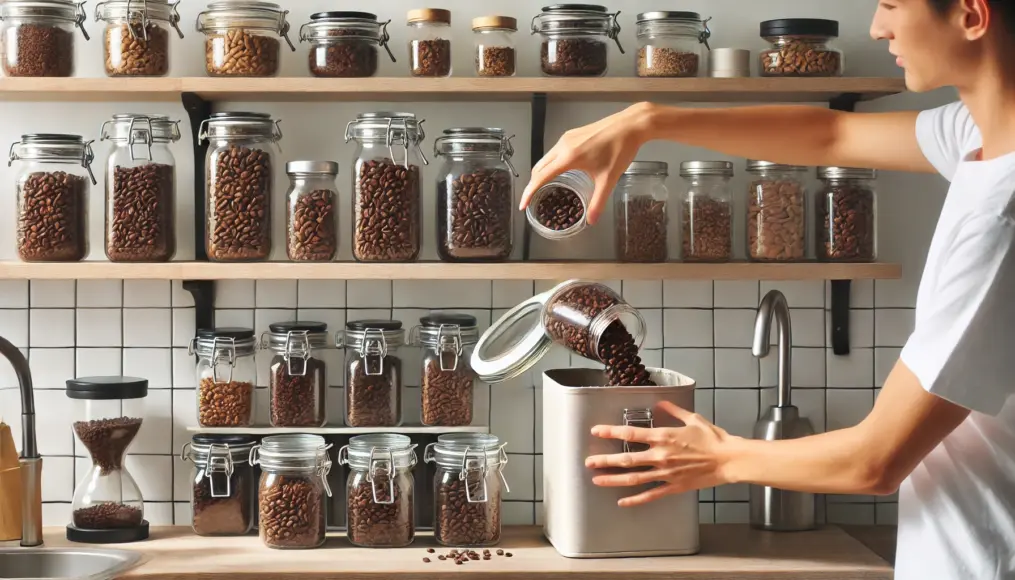
Recommended Coffee Beans for Cold Brew
Cold brew transforms depending on the beans you use.
In this section, we’ll walk through great options available on the market and give tips for home roasters looking to craft the perfect chilled cup.
If you want the best flavor from your brew, don’t compromise on the beans.
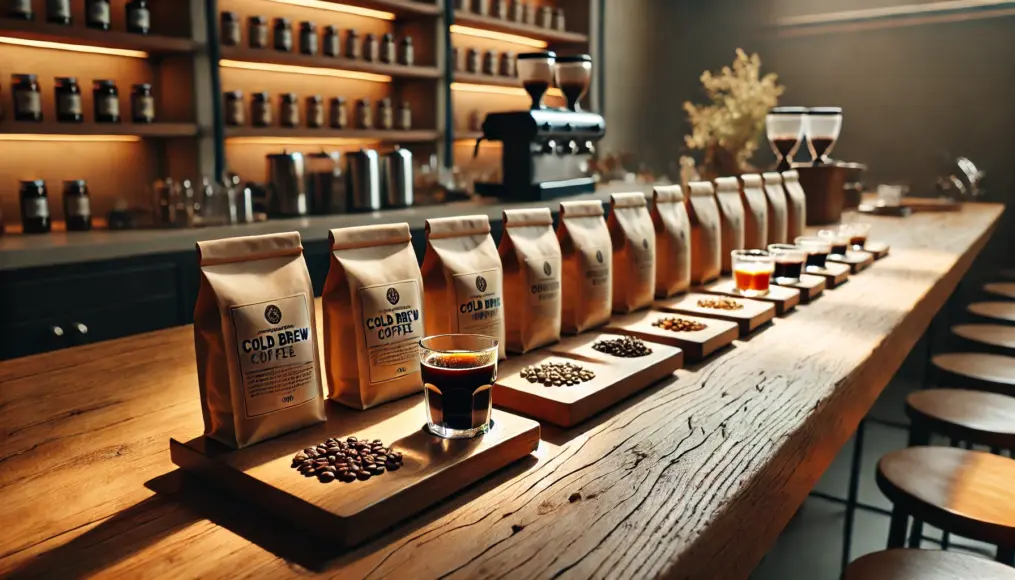
Great Store-Bought Beans You Can Easily Find
If you’re looking for convenience, go for a medium roast labeled as “cold brew” or “specialty grade.”
These beans tend to have less bitterness and yield a cleaner, smoother finish.
Beans with the following traits are great choices for beginners:
- Medium roast with balanced flavor
- Nutty or chocolatey notes for smooth sweetness
- Focused more on richness than acidity
- Single origins like Ethiopia, Brazil, Guatemala, or balanced blends
Whenever possible, buy whole beans rather than pre-ground.
Grinding right before brewing preserves aroma and flavor.
More and more specialty shops and online stores now offer beans specifically selected for cold brew—exploring them is half the fun.
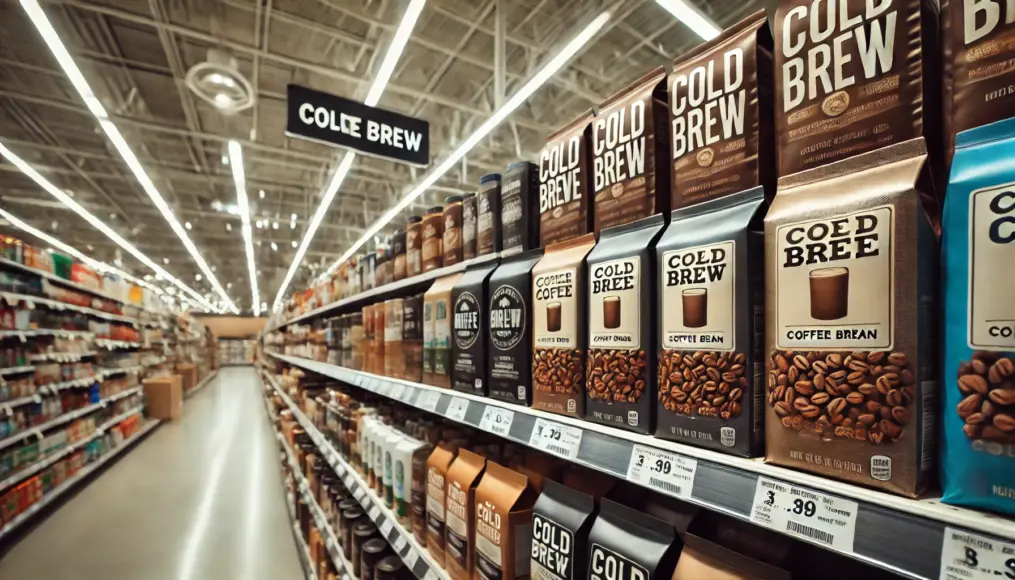
Tips for Home Roasters
If you’re roasting your own beans for cold brew, selecting the right green beans is step one.
Go for Ethiopian beans for brightness and florals, Colombian or Guatemalan for richer and fuller-bodied brews.
Roast them to about city to full-city level—just enough to balance acidity with sweetness without going too dark.
Keep the roast lighter and watch your timing carefully to preserve complexity.
- Ethiopia: floral and bright acidity
- Colombia: balanced with nutty and milk chocolate tones
- Guatemala: deep, spicy richness with heavy body
- Roast to around city or full-city level
Let the beans rest for 48–72 hours after roasting to allow off-gassing.
This stabilizes the flavor and prevents unwanted bitterness in your brew.
With careful attention, your homemade cold brew will rival any café offering.
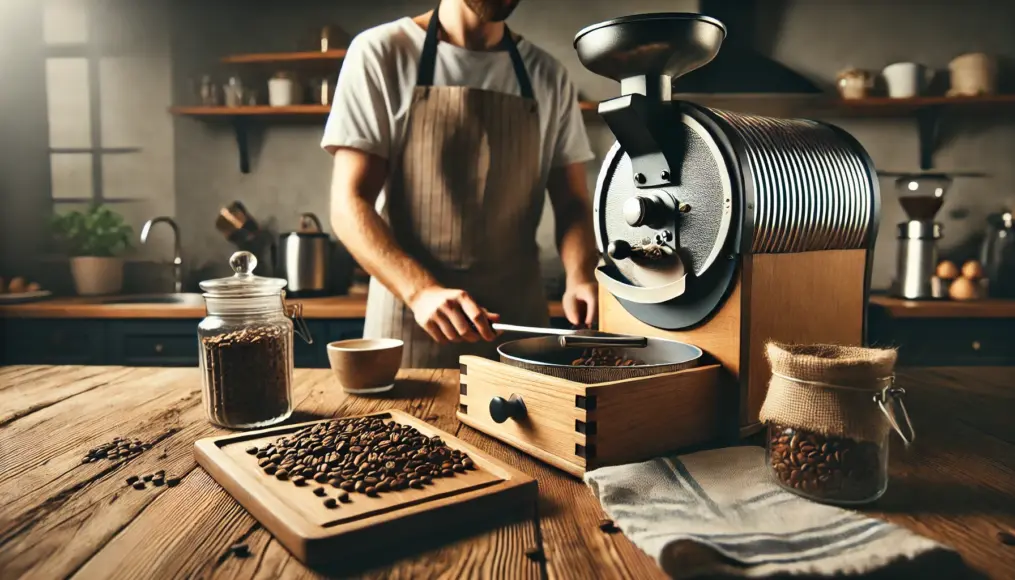
Summary: A Perfect Cold Brew Starts with the Right Beans
Cold brew is a delicate coffee that changes dramatically depending on the beans you choose.
Because it’s brewed at a low temperature, it brings out clean, smooth flavors and highlights natural sweetness and aroma.
As we’ve seen, selecting the right roast level, origin, and freshness can help you enjoy café-quality cold brew at home.
- Cold brew shines with beans that offer gentle acidity, sweetness, and body
- Both single origin and blends can work well depending on your flavor goals
- Medium roast and freshness are key factors that affect overall flavor
- You can enjoy great results with store-bought beans or explore the fun of home roasting
Here’s to your next chilled cup being smoother, deeper, and more satisfying than ever.
What coffee beans do you love using for cold brew?
Share your favorites in the comments!












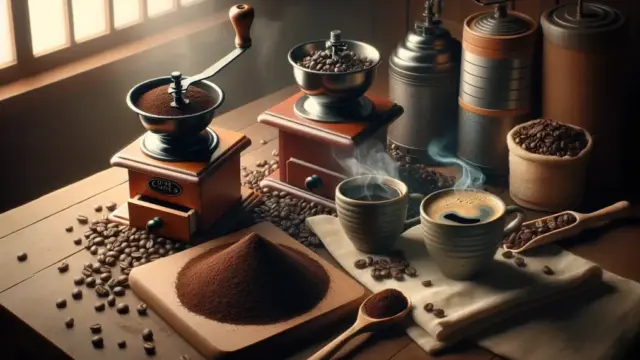



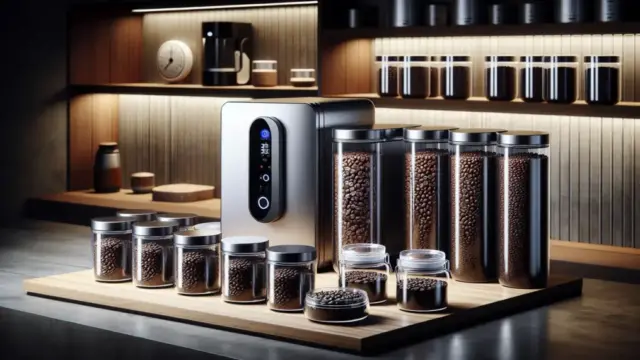



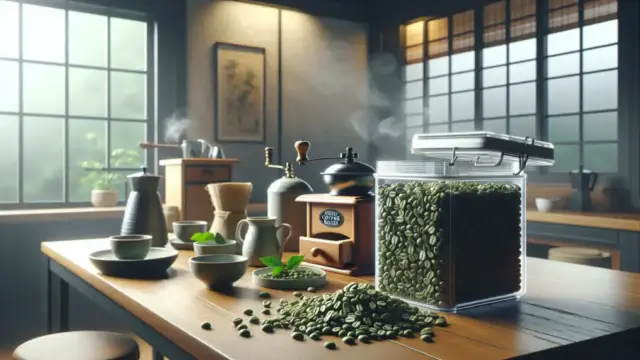

















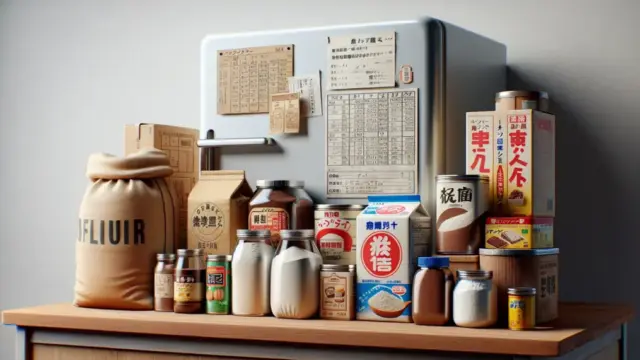

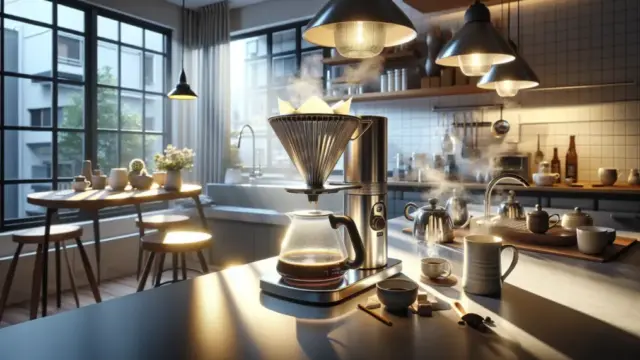


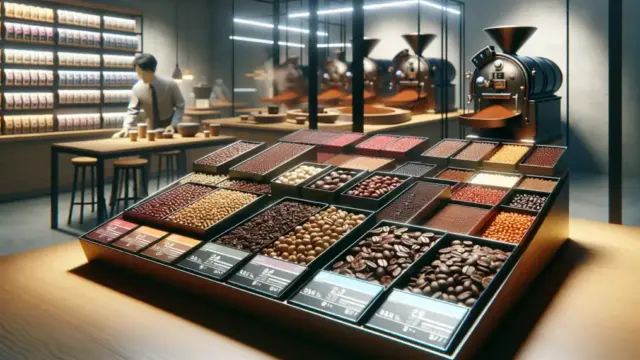











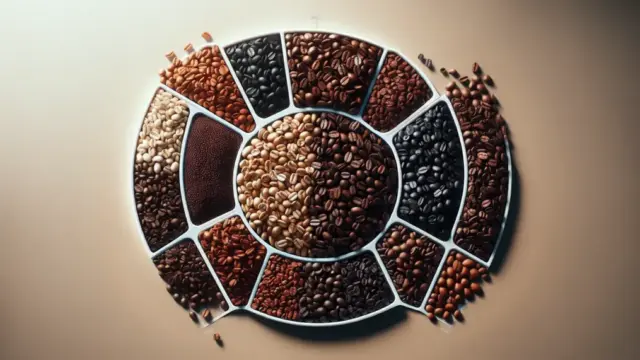
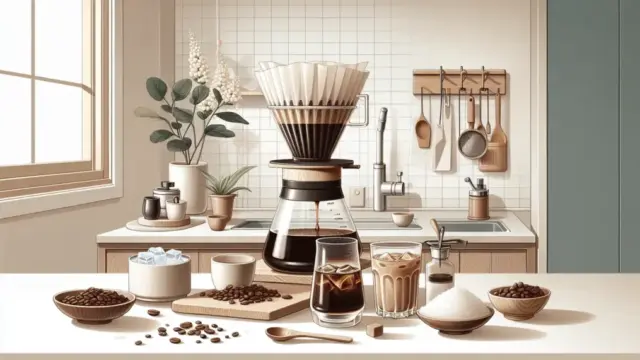


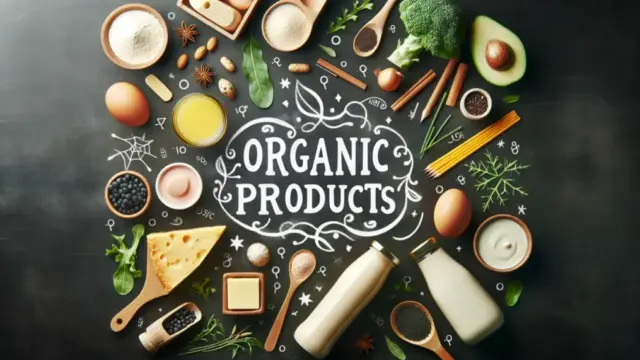







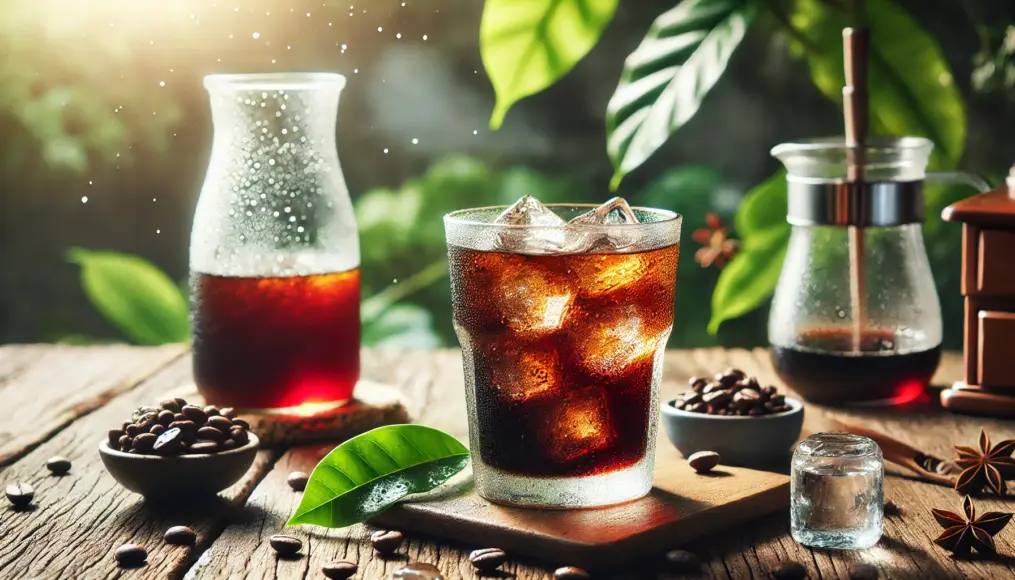

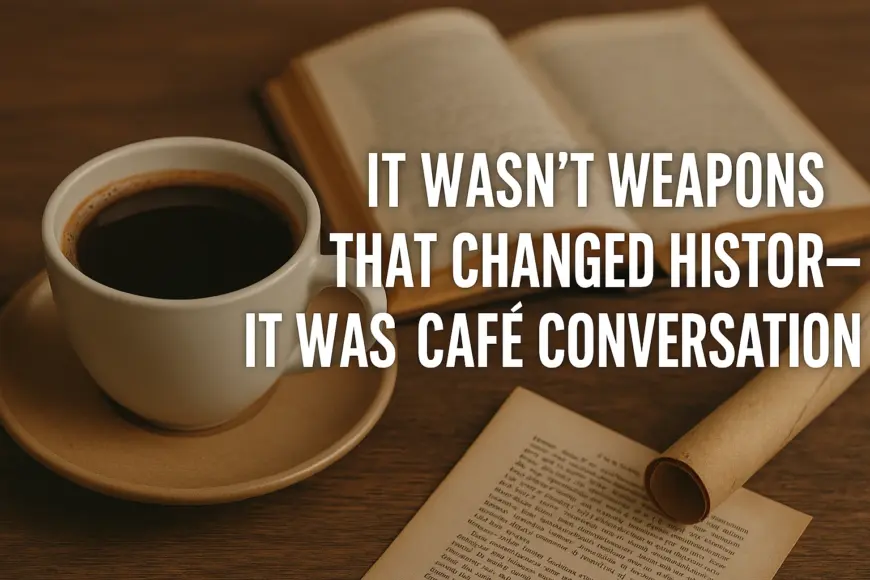
Comment